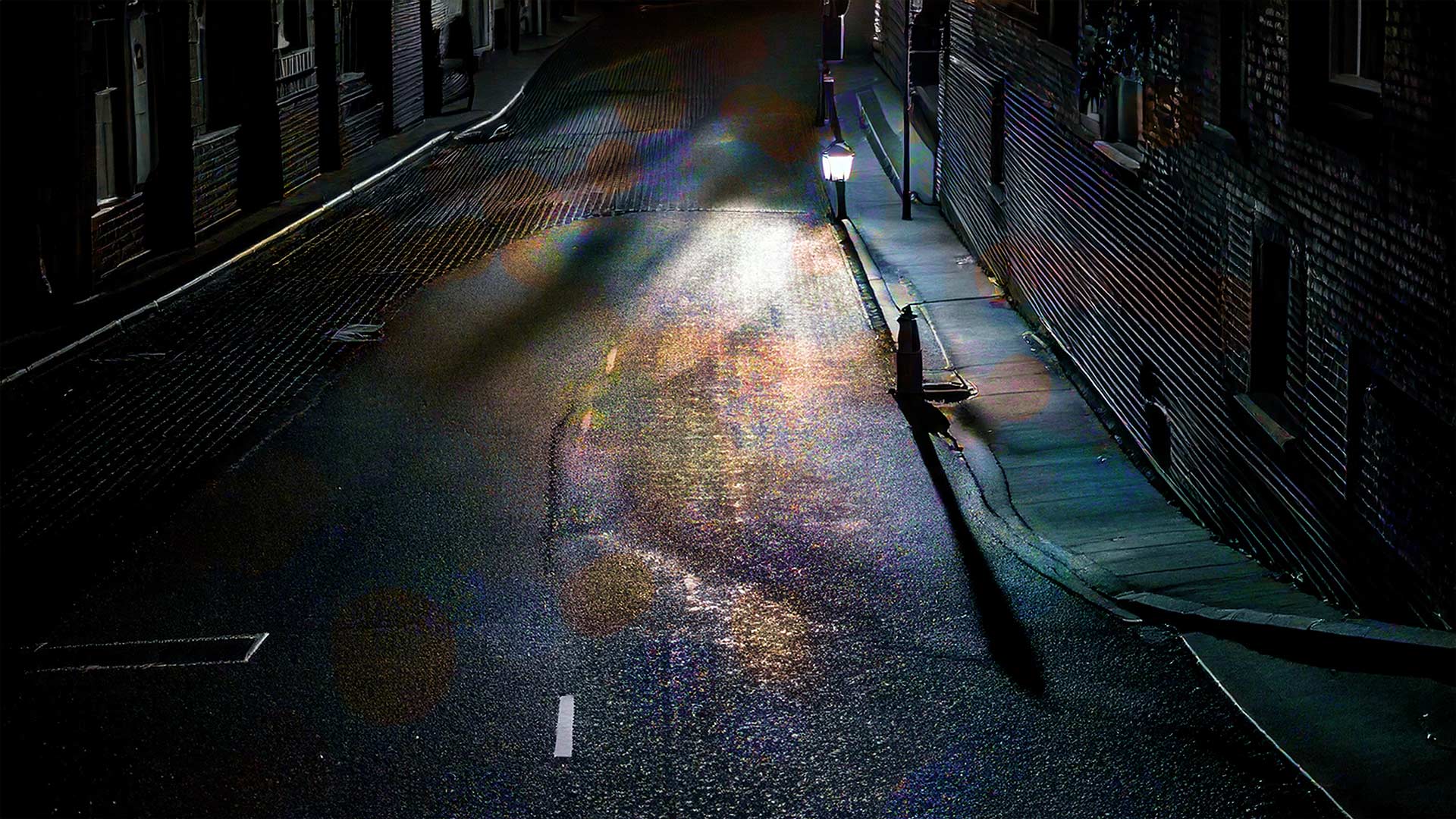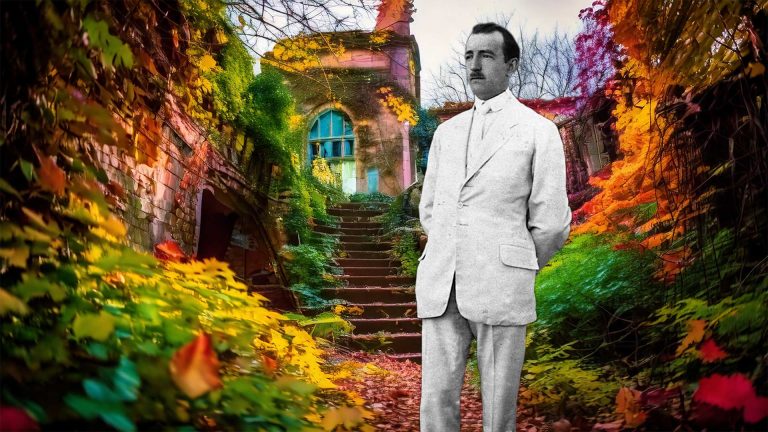The lasting power of German Expressionism
Read time 2 minutes 45 seconds
erman Expressionism burst onto the art scene in the early 20th century as a fearless, emotional response to the chaos of modern life. Dismissing realism, Expressionist artists turned inward, channeled raw emotion, inner conflict, and psychological depth onto the canvas. With intense color palettes, distorted perspectives, and bold brushwork, movements like Die Brücke and Der Blaue Reiter redefined art. Visionaries such as Ernst Ludwig Kirchner, Emil Nolde, and Wassily Kandinsky led the charge—challenged tradition and captured the spirit of a world on edge, much like it is today.
But Expressionism didn’t stop at galleries—it made a dramatic leap to the silver screen during Germany’s Weimar Republic. This visual language of emotion found a perfect match in cinema, where stylized sets, deep shadows, and surreal camera angles brought psychological tension vividly to life. Films like The Cabinet of Dr. Caligari (1920) and Nosferatu (1922) didn’t just tell stories—they projected states of mind. Fear, madness, and paranoia weren’t just themes—they were part of the atmosphere, designed to immerse the viewer in the character’s inner world.
As political turmoil swept through Europe in the 1930s, many German filmmakers fled to Hollywood, and brought the bold aesthetics of Expressionism with them. The result? A powerful new wave of American cinema: “film noir.” This new genre—first identified by French critics in 1946—took the shadowy style of Expressionism and fused it with the gritty narratives of hard-boiled crime fiction from authors like Dashiell Hammett and Raymond Chandler. The outcome was unforgettable: films like The Maltese Falcon, Double Indemnity, and Murder, My Sweet created a new cinematic language.
What made film noir so striking wasn’t just the stories—it was the look. Noir visuals drip with drama: skewed camera angles, dramatic lighting contrasts, and urban nightscapes cloaked in shadow and rain. Shadows weren’t just background—they were characters in their own right, set the mood and heightened suspense. Directors like Fritz Lang, who brought Expressionism directly from Berlin to Hollywood, helped shape this visual signature.
German Expressionism has had a strong impact on my own work. It inspired me to create a series of black and white photographs in the classic film noir style.Beyond the aesthetics, German Expressionism also shaped noir’s deeper themes—alienation, moral ambiguity, fatalism. Noir heroes, much like Expressionist figures, are often caught in a web of confusion, illusion, and psychological conflict. Reality is unstable, perception is skewed, and trust is a dangerous game.
Today, the fingerprints of German Expressionism are everywhere. From the stylized dystopia of Blade Runner to the psychological tension of Seven, the surreal flair of Barton Fink, and the graphic grit of Sin City, Expressionism continues to inspire. It laid the foundation for a cinematic style that’s bold, moody, and emotionally charged—a style that doesn’t just tell a story but feels like one.
In short, German Expressionism didn’t just influence film noir—it redefined how cinema sees, feels, and speaks. It turned the screen into a canvas of emotion, and its legacy continues to captivate audiences to this day.







